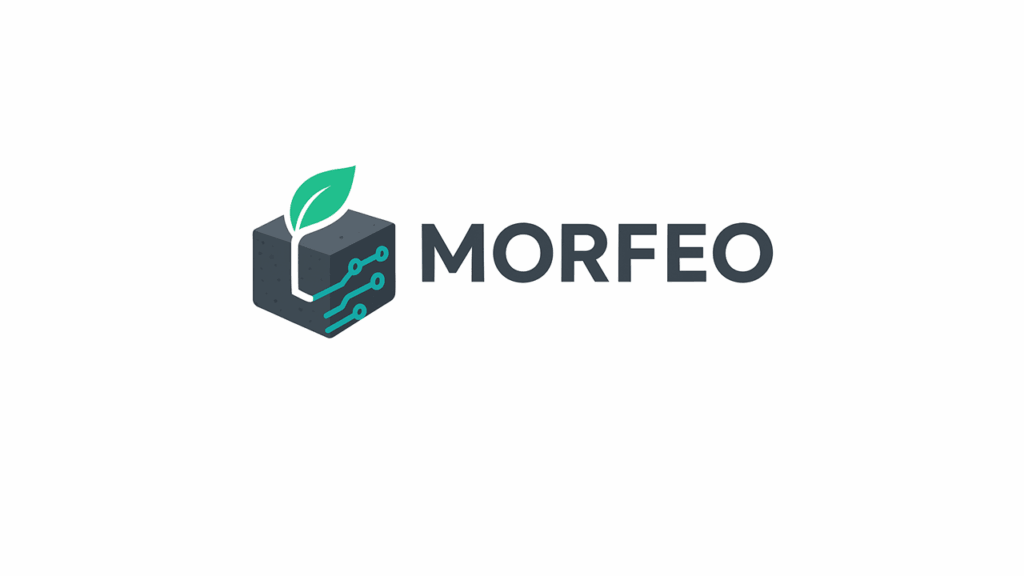CPP – AEI PROJECT. MORFEO
Mortars and functional concretes based on the alkaline activation of electric arc slag

About MORFEO
Since the Sustainable Development Goals (SDGs) were launched, the importance of committing to more sustainable construction has become clear due to economic growth and the quality of life standards of modern societies. The construction sector is responsible for 36% of total global energy consumption, 39% of global greenhouse gas emissions and 30% of total waste generated.
This sector uses Portland cement as its main component, which is a basic ingredient in conventional concrete and a material with significant environmental impacts. Portland cement is the second largest source of carbon dioxide emissions in the world, accounting for 4%–7% of global CO2 emissions. It is also a major consumer of resources, with more than 400 million tonnes of materials used annually in its production.
In this regard, the development of low-carbon alternative cements and materials is proposed as one of the main solutions for mitigating CO2 emissions. In this context, alkali-activated materials (AAMs) are considered one of the best candidates to replace conventional cement-based materials due to the possibility of being manufactured from a wide variety of industrial by-products and waste4 as precursors. However, only the alkaline activation of fly ash (FA) and blast furnace slag (BFS) has been consolidated so far due to their availability, cost and chemical composition. However, the availability of both wastes is progressively decreasing as the processes by which they are generated are being replaced by more efficient and sustainable ones.
Derived from the need to find new precursors, MORFEO was born — a project formed by a consortium of three companies (TESELA, CELSA OPCO, and EXTRACO) and a technological center (CETIM). The project addresses the evaluation of the potential of furnace slags (FS) generated in electric arc furnaces (EAF) as a secondary resource for alkali-activated mortars and concretes with specific high value-added functionalities.
Although FS are not yet established as a precursor and only small-scale scientific studies exist, their research is crucial since EAF technology is gaining interest and replacing blast furnace technology. In Spain, the annual generation of FS is estimated at 1,500,000 tons.
In this context, MORFEO will delve into the research of alkali activation of FS, employing, in addition, disruptive and innovative tools such as artificial intelligence for the theoretical prediction of the developed mortars and concretes. The project will focus on insulating, refractory, and porous applications to exploit the distinctive and highly promising physico-chemical advantages of FS.
Furthermore, the project proposes a final stage in which the technical and environmental feasibility will be analyzed through the design, implementation, monitoring, and life cycle assessment (LCA) of proof-of-concept trials in real environments, demonstrating the viability of the generated solutions — thereby reinforcing MORFEO’s commitment to sustainability and the digitalization of the sector.

The project “MORFEO: Functional Mortars and Concretes from the Alkali Activation of Electric Arc Furnace Slags” (Reference: CPP2024-011388) has been funded by MCIN/AEI/10.13039/501100011033/ FEDER, EU.
